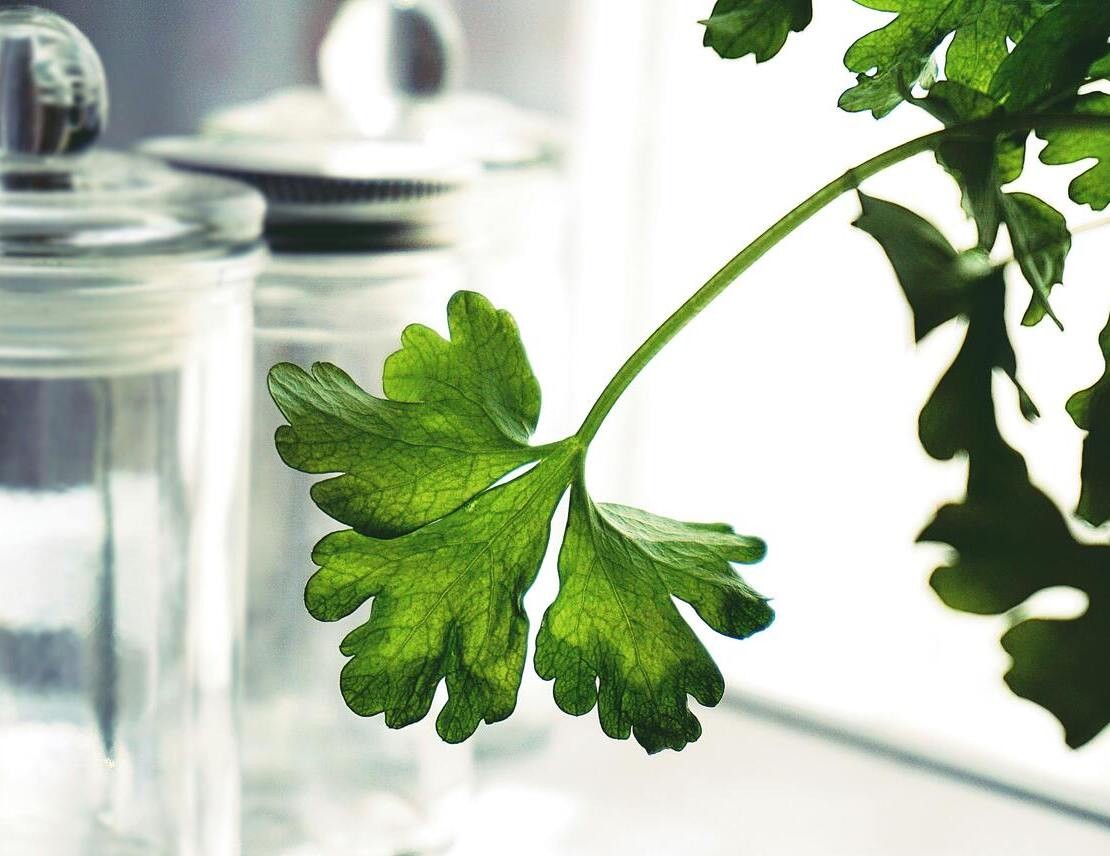
At first glance, it is quite easy for the untrained eye to confuse these two herbs that are so similar and yet so different. Let us look together at the main characteristics that distinguish them.
Parsley and cilantro (better known as coriander) are two aromatic herbs widely used in the cuisine of the Mediterranean area and beyond (although the latter is more common in South Asia, the Middle East and Latin America).
The similarity is no coincidence; in fact, the two plants are ‘related’ and both belong to the Apiaceae family.
Differences between parsley and coriander: appearances can be deceiving
As mentioned above, at first glance the two aromatic herbs may appear almost identical, but looking at them closely and with more attention one cannot help but notice that the small leaves of the parsley are more elongated and thin while the leaves of the cilantro are more rounded and less regular in shape.
Parsley vs. cilantro characteristics and properties:
Both herbs have interesting properties, are rich in vitamins and antioxidants, are widely used in phytotherapy and deserve a respectable place in our larder. We refer you to the respective fact sheets of the two products for more in-depth information.
Parsley and cilantro: the differences in taste
Perhaps the main difference between the two herbs is the aroma, more delicate herbaceous in the former tending towards spicy in the latter (with citrus notes according to some).
While parsley is ‘well tolerated’, coriander is either loved or hated! Think that the low tolerance of some people would even seem to be ‘ingrained in their DNA’. If you are curious about this topic, you can read more in the article published in Wired a few years ago: ‘Why some people hate coriander’.
Parsley and coriander uses in cooking:
Both herbs can be used either fresh or dried. Of coriander in particular, the seeds are also used. Both go well with other spices and a wide range of dishes, ranging from sauces and salads to soups and meat or fish dishes.
